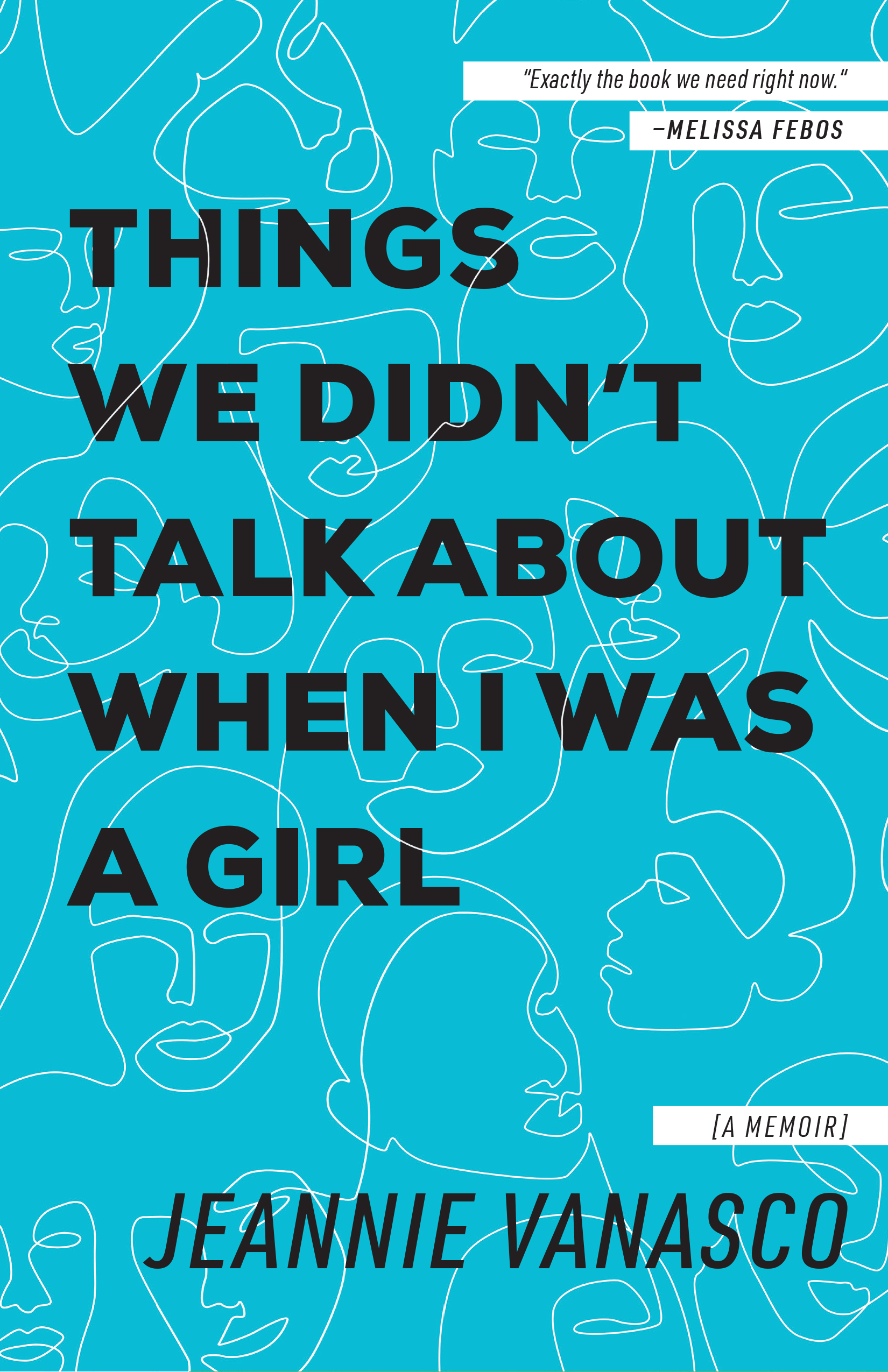
Format: 360 pp., hardcover; Size: 5.9” x 8.8”; Price: $25.95; Publisher: Tin House; The FBI’s definition of rape in 2003: “The carnal knowledge of a female, forcibly and against her will.” The FBI’s definition of rape in 2013: “Penetration, no matter how slight, of the vagina or anus with any body part or object, or oral penetration by a sex organ of another person, without the consent of the victim.” What prompts the author to call her experience “rape”: In a victim impact statement for a 2016 criminal trial against Brock Turner, Emily Doe uses the word “rape.” Representative Passage: “I tell Chris how hard it is to talk to acquaintances lately. If somebody asks what I’m working on, I don’t know what to say. Telling the truth borders on rude. But being vague also feels rude. Why is it rude, he asks, to say what your book is about? Because who wants to enter a conversation about sexual assault? But isn’t that the point? Chris says. You’re writing this because people should be talking about it. Sure. But am I supposed to describe the book to my hairstylist? Why not? It’s not rude? No. Not at all.”
Central Question: How can we, a society of rapists and survivors, talk honestly about sexual assault?
I. Response
What is the appropriate way to talk to one’s rapist? There is no right answer, of course, but there is often a wrong one. “I feel like we need to have some real time where we can talk about life and thingz,” wrote Emma Sulkowicz on Facebook to Paul Nungesser, a friend who, Sulkowicz would later report to Columbia University, had raped them in their dorm room two days before they sent the messages. A couple of weeks later Sulkowicz wrote: “I want to see yoyououoyou.” A month later: “I love you Paul. Where are you?!?!?!?!”
In 2014, the following year, Sulkowicz attracted national media attention by lugging a fifty-pound extra-long twin mattress around campus in protest of the university dropping their complaint. Nungesser, who claimed the sex had been consensual, brought forward the Facebook messages as evidence of his innocence. After the alleged rape, Sulkowicz acted “amiable” and not “different or weird,” he told the Daily Beast—which, he maintained, showed he had done nothing wrong.
If he had raped Sulkowicz, they wouldn’t still be friends; because Sulkowicz was friendly, he hadn’t raped them. The logical fallacy in effect is obvious, yet this kind of argument remains pervasive as a character smear of those who make sexual assault accusations. What...
You have reached your article limit
Sign up for a digital subscription and continue reading all new issues, plus our entire archives, for just $1.50/month.
Already a subscriber? Sign in




